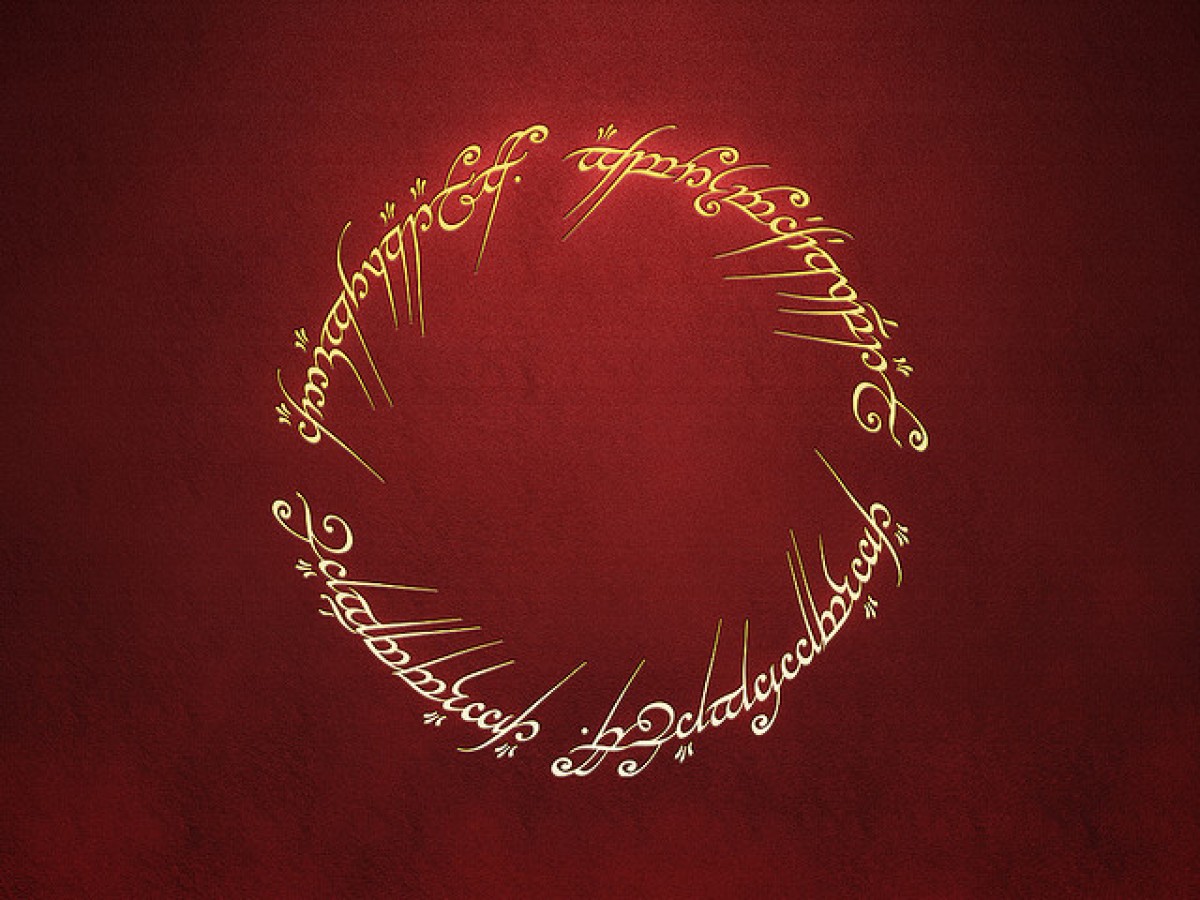The Myth of the One-Size-Fits-All Diet.
When people find out that I don't eat refined sugar or processed grains, or that I don't eat fast food, or animals that come from industrial feedlots, they are incredulous. "Dude, what do you eat?", they ask. I get this question all the time.
For answer, I usually quote Michael Pollen, "I eat food, mostly plants, and not too much." I say this not to be cagey, but to be clear, because it really is that simple. It only sounds unclear in a food culture that has obscured the meaning of the word "food".
We tend to think of "food" as something that grows on shelves, that comes in boxes with layers of shrink wrap and a half-life of a thousand years. We think microwaving is the same thing as cooking. We collect box tops instead of carrot tops. And our kids think chicken is chicken only if it tastes like McNuggets, which isn't chicken. So a simple answer to a simple question becomes impossible, even evasive.

So here's my long answer: My diet lands somewhere between Paleo and Mediterranean. In fact, you could just call it Paleo–Mediterranean. It's Paleo without much bacon and Mediterranean without all the white stuff.
Put another way, it's Paleo in its orientation to quality protein and carbs and Mediterranean in its orientation to quality fats and phytonutrients. It's a delicious mashup of two of the world's most time-honored ways of dining (with a few personal omissions for food allergies).
The point is, there is no one-size-fits-all diet, no one diet to rule them all. I arrived at my cuisine by backing into it. I listened to my biology, not some ideology. I simply found myself feeling better eating fewer milled grains (especially wheat), more organic proteins, more healthy fats, and more non-starchy plants. It was largely an intuitive process, guided by a desire to have more energy and stop feeling bloated, belchy, and foggy. Only afterward did I take a look at my genes, digestion, gut flora, and immunity, and begin to understand why this was true for me. Of course, there are broad dietary principles at work here, most of which point back to a pre-industrialized understanding of food. But it's not a "diet"; it's a way of life.
Getting Real
Think of it this way. There have been many indigenous peoples throughout history, who were extremely healthy eating very different things from one another. The idea of a one-size-fits-all diet would have sounded like nonsense to them. One thing they did have in common, however, was what they were NOT eating: processed food, additives, and easy-to-get sugar. That's why I sometimes find it easier to tell people what I don't eat than what I do eat because the do-not-eat list is simply shorter.
"Yes, but what do you eat?". Okay, I'm getting there. But please understand, I can only give you a very short list. There are just too many wonderful foods out there to write down without going cross-eyed. What's more, I discover "new" foods all the time. That's what happens when you go off the packaged food grid.
In plain language then: I eat pasture-fed organic meats, small wild fish, tons of non-starchy veggies, bushels of berries, nuts, and seeds, and spoonfuls of olive oil (Gasp! I can hear the fat police coming).
There. How's that?
I feel a Jamie Oliver quote coming on here: "Real food doesn't have ingredients. Real food is ingredients."
Real food doesn't have ingredients. Real food is ingredients. --Jamie Oliver
This also feels like a good place to share something I learned from Catherine Shanahan, MD, author of Deep Nutrition
Shanahan suggests that the quickest way to change your personal food culture is to change the food categories in your head.
So I took her advice. I stopped thinking about food primarily in terms of "Carbs", "Protein", and "Fat", and started thinking about it in terms of "Good soil", "Healthy Animal", and "Freshly Picked". I have since found this makes a world of difference in what actually winds up on my plate.
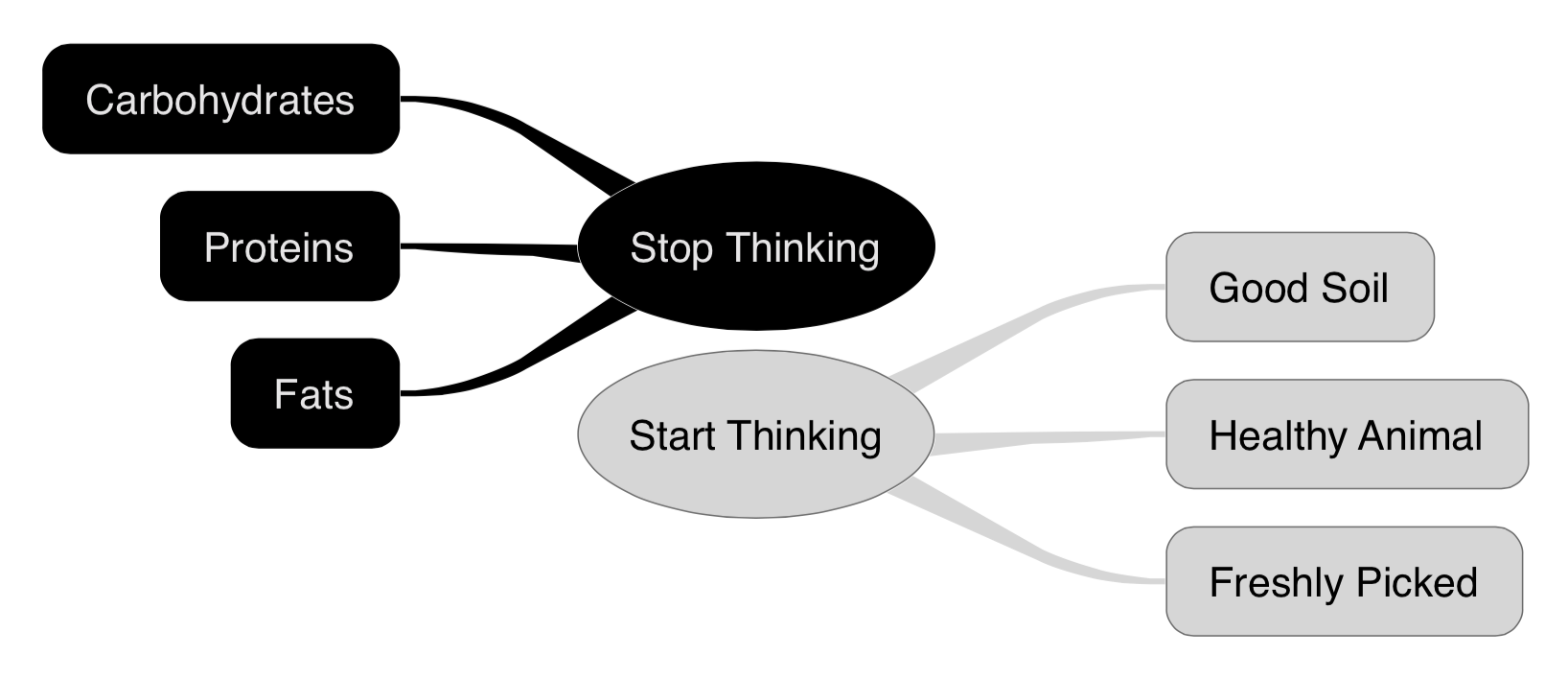
I love my food. I think it tastes great. I don't feel deprived at all by the fact that there are no pastries, cupcakes, or muffins, (or gluten-free junk food substitutes). I don't think twice about the fact that there is no soda, donuts, or fries. I love my food because I have invested time in it, learning some of the culinary arts that make even the simplest ingredients taste fantastic. I have actually become a pretty good cook. And you know what? You can too, regardless of age or sex. After all, I didn't learn this until my 40's. And I'm a clunky guy for pity's sake. No matter. Whether you're a man or a woman, there is just something primal and fitting about learning to nourish yourself in deeply satisfying ways.
So Where Do I Start?
If Jamie Oliver is right and real food doesn't have ingredients, but is ingredients, then cooking becomes all about getting real with real things. (One of the few cases where a healthy dose of reality is actually delicious.)
So here's a list of my favorite go-to cookbooks:

How to Cook Everything
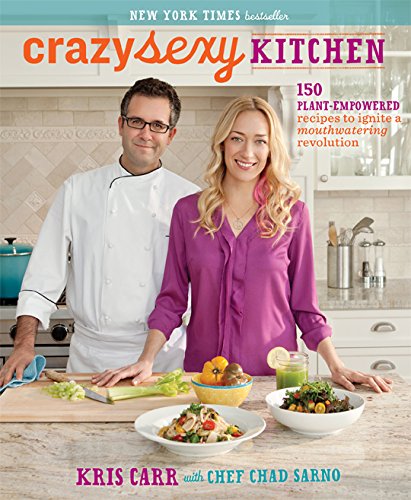
Crazy Sexy Kitchen
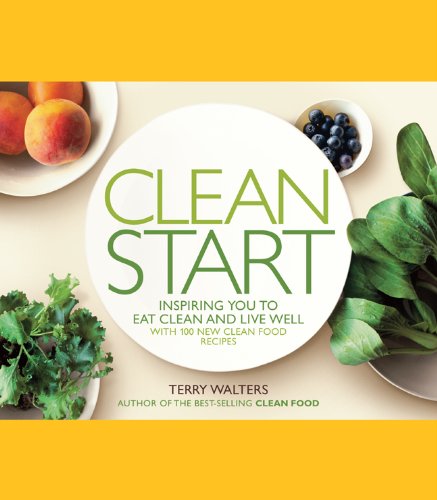
Clean Start
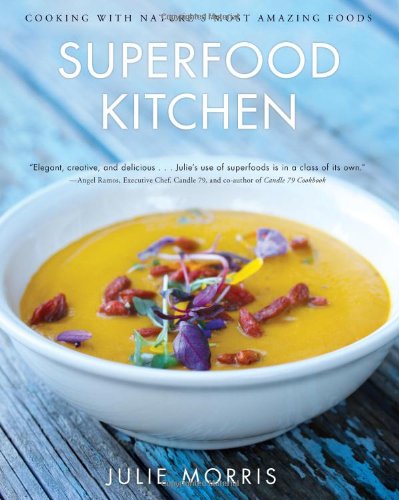
Superfood Kitchen
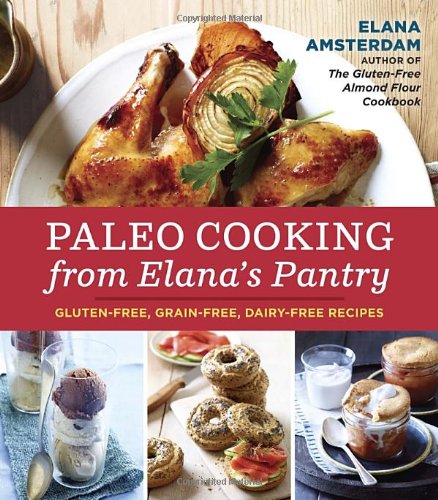
Paleo Cooking from Elana's Pantry
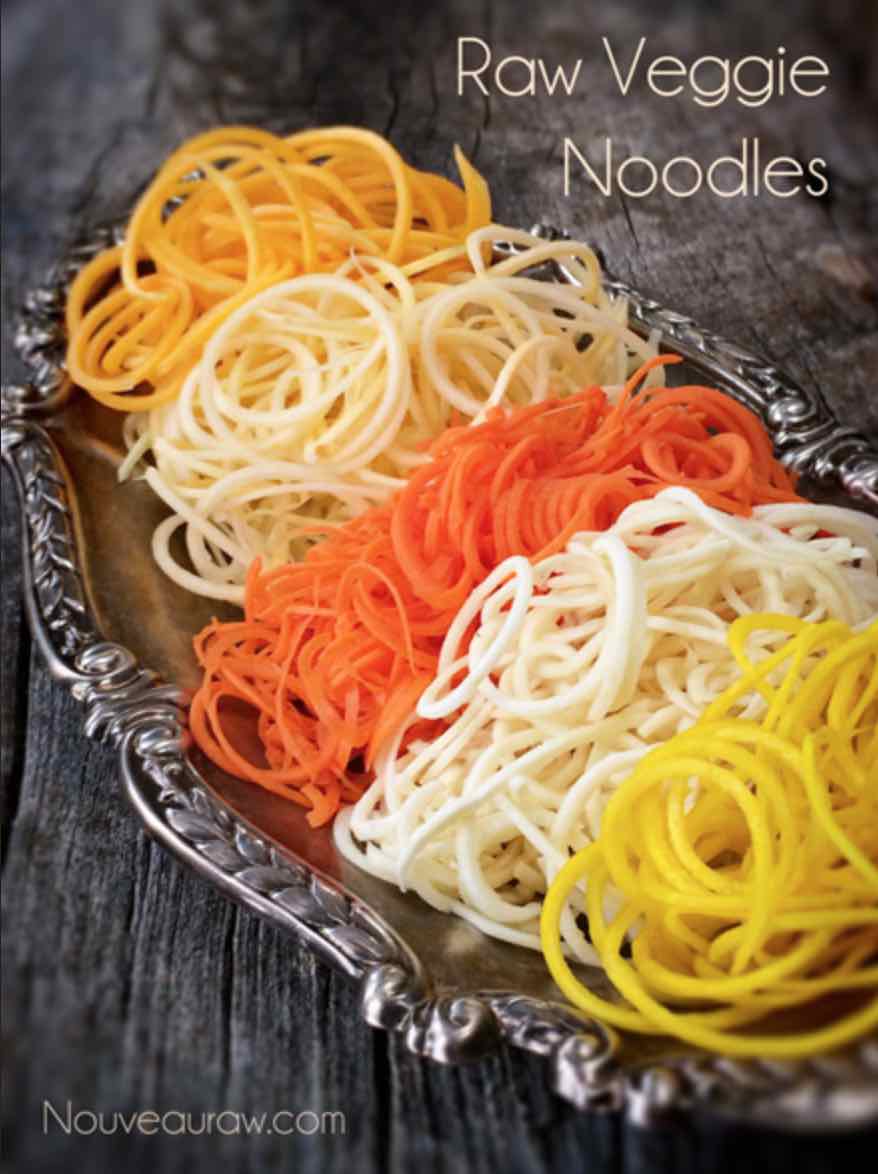
Nouveau Raw Blog, by Amie Sue Oldfather. For all you foodies out there who want food for the eye as well as the tongue, check out this insanely gorgeous blog. Amie Sue lives just down the road from my parents' blueberry farm in Hood River, Oregon. What luck! For my wife's birthday last year, Amie Sue un-cooked us a raw meal that was to die for. You have to see this girl's creations to believe them. Who needs frosting and food coloring!? Real food is beautiful. For your first raw creation, let me suggest something super simple and delicious. Make just the crust of Amie Sue's Key Lime Pie. That's it. Nothing else. It will only take you about 10 minutes. Crumble the crust onto baked apples, berries, traditional yogurt, or anything else you can think of. (I enjoy it plain off the spoon.) There is no refined sugar here. Just nuts, dates, cinnamon and lime zest. Genius. We always keep a batch in the fridge.
And That's a Wrap.
Pick up one of these resources today and just use it. The point is to get cooking (or un-cooking as the case may be). Set a real-food foundation for yourself for the rest of this year. Try changing your mental categories: instead of thinking Carbs, Protein & Fat, think Good Soil, Healthy Animal, & Freshly Picked. See what happens. Eat fresh, whole, nutrient-dense foods in harmony with your nature. Eat what you can digest, assimilate, and eliminate without immune burden.
If there really is one diet to rule them all out there, then it is probably more like this than anything else.
Yours in Health and Resilience,
Marc Wagner
Nutritional Therapist, MD
Your Friendly Guide to Human Flourishing
Lord of the Rings Wallpaper Art, by Tony Werman on Flickr.
One Ring inscription by Ssolbergj. Licensed under GFDL Wikimedia Commons
